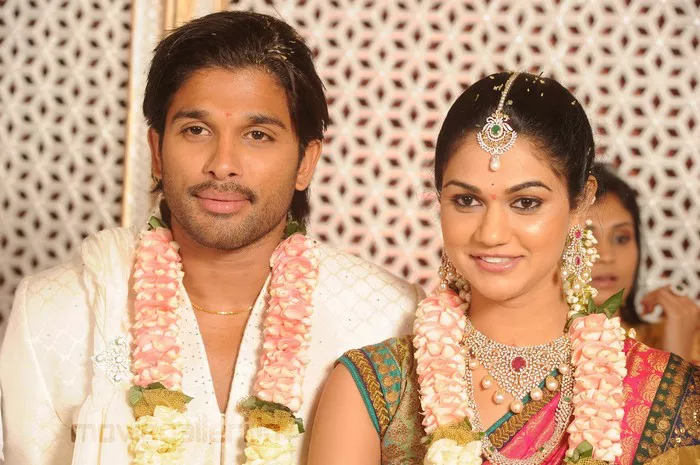New Delhi, India — For generations, gold has been at the heart of Indian weddings — a gleaming symbol of tradition, social status, and financial security. From opulent necklaces to intricately designed bangles, bridal jewelry has long been a non-negotiable part of the country’s marriage ceremonies. But as gold prices reach record highs, this cherished custom is facing unprecedented pressure.
At a bustling jewelry store in South Delhi, manager Gaurav Chandra delicately displays a handcrafted Polki necklace adorned with rubies, diamonds, and a walnut-sized gold pendant. “This type of jewelry is specifically designed for weddings,” he says. Polki — known for its elaborate and uncut diamond designs — is a staple in traditional Indian bridal wear. With wedding season in full swing, stores like his would normally see a steady stream of buyers. This year, however, the crowd is thinner, and the sparkle of gold is dimmed by its soaring cost.
Families Struggle to Keep Traditions Alive
Just a few kilometers away, Kalpana Mathur is grappling with the financial strain of her son’s upcoming wedding. “The date is set, but the price of gold has doubled,” she says with concern. “What we could afford earlier now only gets us half as much.”
At her local jeweler, a digital display flashes the current price: ₹97,460 per 10 grams of 24-carat gold — equivalent to over €1,000. The slightly cheaper 22-carat variety, preferred for bridal jewelry, is only marginally lower. Geopolitical tensions and volatile U.S. trade policies have been major contributors to the surge, according to analysts.
Despite the spike, the cultural and emotional value of gold continues to drive demand. “In India, gold is more than just an ornament,” explains Chandra. “It’s an investment and a form of protection for women.”
Rich Traditions, Rising Costs
Some families, like that of Mohit Chopra, remain undeterred by the price tags. Seated beside his wife in a plush showroom, surrounded by glossy black jewelry boxes, Chopra shrugs off the financial burden. “What’s the point of earning money if not to spend it on important occasions?” he laughs.
But for most middle-class families, even the bare minimum is becoming unaffordable. Chandra estimates that a basic bridal set — including a necklace, bangles, a nose ring, and forehead adornment — costs between ₹2 to ₹2.5 million (approximately €22,000 to €28,000).
To manage costs, many are resorting to repurposing heirloom pieces. “Jewelry bought for ₹40,000 ten years ago is now worth double,” says Chandra. “Customers often exchange old items for lighter, more modern designs, usually tailored to the bride’s preferences.”
Sales Take a Hit
Despite these adaptations, jewelry businesses are feeling the pinch. Mohit Shekhar, a jewelry store director, offers a candid assessment from behind his desk, flanked by price charts and a steaming cup of tea. “Whenever gold prices rise, footfall drops. Even a ₹2,000 dip brings customers back in,” he notes. He estimates sales at his store have fallen by up to 25%, with other jewelers reporting customer losses of up to 50%.
India remains the world’s second-largest consumer of gold after China, with around 70% of purchases tied to jewelry. Roughly half of the world’s privately held gold is believed to be stored in Indian households — a testament to its deep cultural and symbolic significance.
“In Indian society, gold is viewed as a source of wealth for women,” Shekhar explains. “Since many women don’t earn an income, jewelry becomes a gift of financial security from their husbands or families.” It’s a practice rooted in thousands of years of tradition — one now under threat.
A Tradition in Transition
Kalpana Mathur is doing her best to honor that tradition. She plans to gift her future daughter-in-law a modest gold chain at the engagement and save the more elaborate piece for the wedding. “I’ll probably have to pass down something from my own collection,” she admits.
In India, the tradition of buying gold often begins at a child’s birth — especially for daughters. But younger generations are finding it increasingly difficult to build such reserves. With every upward tick in price, more families are questioning the sustainability of gold-centric customs.
“Previously, people would gift 10 grams of gold without a second thought,” says Shekhar. “Now, the same budget is going towards smartphones, designer clothes, or gadgets.”
If prices continue their upward trajectory, India risks losing not just a market trend but a cornerstone of its cultural identity. A tradition that once symbolized pride, security, and social stature may soon become a luxury fewer can afford.

